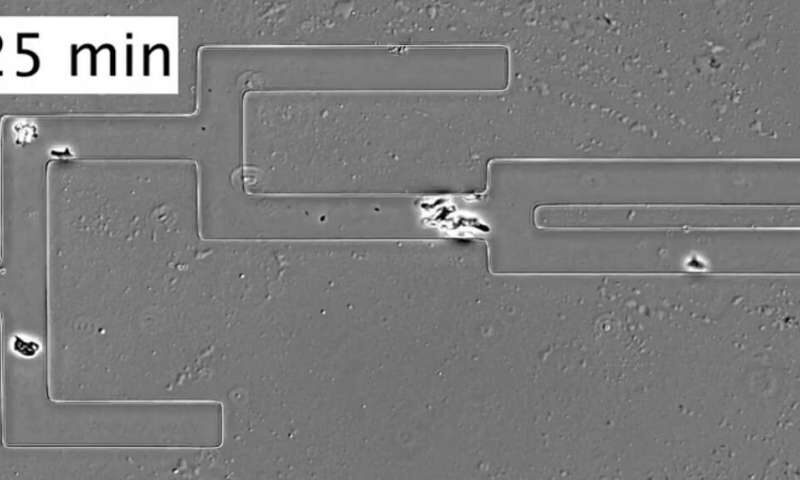OF THE
TIMES
They call it "The American Dream," because you have to be asleep to believe it.
Comment: The UK must want this war very badly. Shortly after there was from Britain: Ukraine can use British weapons to strike Crimea - defense...
Hi everyone...What Putin is opposing, is what western civilation is doing to itself on purpose, destroying all the old nation state armamonts and...
Too few fingers for the many holes to plug ? But too late anyway. Didn't we tell them so ?
I think we have to take this headline with a great pinch of salt - because of the source. Iran International ... is a Persian-language news...
I suppose Shapps means "I dare you", after the Russian ambassador warned them of an armed response. The Russians are not afraid, and I can't...
To submit an article for publication, see our Submission Guidelines
Reader comments do not necessarily reflect the views of the volunteers, editors, and directors of SOTT.net or the Quantum Future Group.
Some icons on this site were created by: Afterglow, Aha-Soft, AntialiasFactory, artdesigner.lv, Artura, DailyOverview, Everaldo, GraphicsFuel, IconFactory, Iconka, IconShock, Icons-Land, i-love-icons, KDE-look.org, Klukeart, mugenb16, Map Icons Collection, PetshopBoxStudio, VisualPharm, wbeiruti, WebIconset
Powered by PikaJS 🐁 and In·Site
Original content © 2002-2024 by Sott.net/Signs of the Times. See: FAIR USE NOTICE

Comment: Follow the link for the videos. They're pretty amazing.